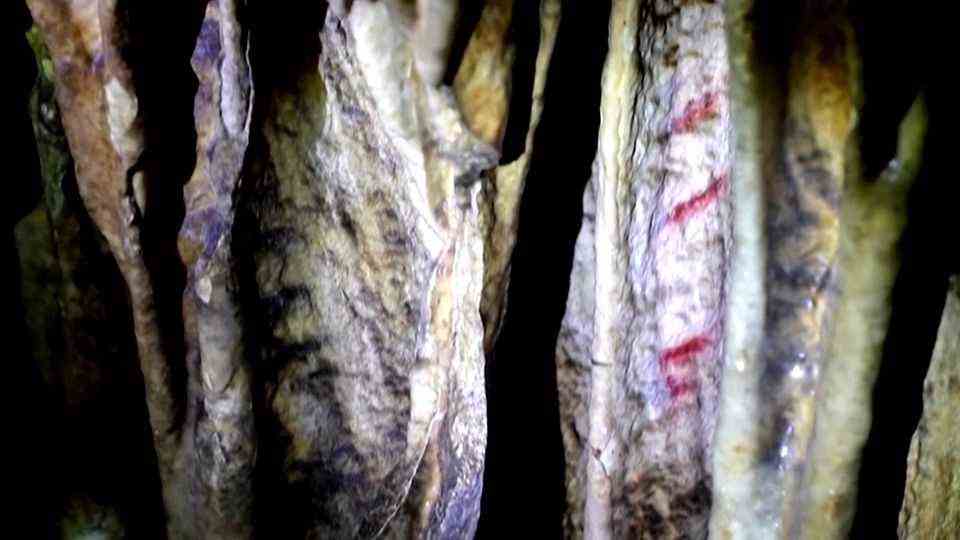France
Virus transmitted from animals to humans: This Neanderthal man could have been the first to suffer from zoonosis 50,000 years ago
The reconstructed face of a Neanderthal man
© Bart Maat / Picture Alliance
The “old man from La Chapelle” gave scientists a headache because the signs of wear and tear on his bones could not be explained logically. Until they took a closer look.
That diseases spread from animals to humans is nothing new. Currently, this is one theory of how the coronavirus became a global problem, but many other serious diseases also originated in wildlife. Several times in history, for example, the plague terrified the world’s population. How far back so-called zoonoses go back, however, is perhaps surprising. Researchers have now been able to prove that even the Neanderthals in Europe were affected.
The research team had one of the first well-preserved Neanderthal skulls ever found, examined it again using modern methods. It was discovered in France in 1908 and was nicknamed “The Old Man of La Chapelle” because it is the skull of a man who died between the ages of 50 and 60 and was therefore quite old for the circumstances at the time. In the current investigations, the scientists quickly agreed: Despite the proud age, the heavy signs of wear on the bones could not be explained by normal wear and tear. But what then?
Neanderthal skulls showed atypical marks
“We came to the conclusion that these pathological changes must have been caused by inflammatory processes,” says Dr. Martin Haeusler from the University of Zurich, who was involved in the project. The remains of the man from La Chapelle have been compared to the bones of many other skeletons. “That led us to be diagnosed with brucellosis.” It is an infectious disease that is transmitted from animals to humans – apparently 50,000 years ago.
Brucellosis is still relatively common today. People become infected, for example, when they drink contaminated, unpasteurized milk or come into contact with raw meat. The symptoms can be extremely uncomfortable – fever, muscle pain, night sweats – and most importantly, they can last for a long time, sometimes several months. The virus can be responsible for infertility and cause heart muscle inflammation. Osteoarthritis, an inflammation of the bones, can also occur – as in the Neanderthals examined.
Neanderthals were probably infected through game meat
The man was probably infected while cutting game meat to prepare it for cooking – many wild animals carry the virus. However, it was not infected through contact with mammoth or rhinoceros meat, as scientists have established that these two animal species, which were popular prey for the Neanderthals, were generally not susceptible to brucellosis.
Although he was visibly damaged by the infection, the “old man” seems to have been lucky and gone through a mild course – otherwise he would not have reached such a proud age. Since he had also lost all of his teeth, he probably had to be fed and cared for by family members towards the end of his life. This shows that Neanderthals were by no means pragmatic savages, but were caring for one another in their family associations. Also for the man from La Chapelle, who is now the first official victim of brucellosis to date.
Source: CNN


